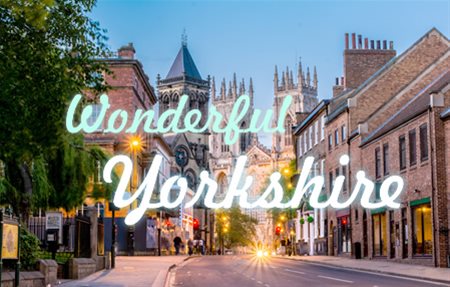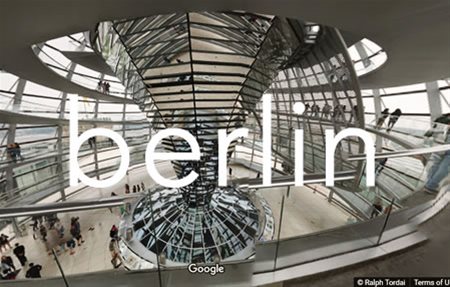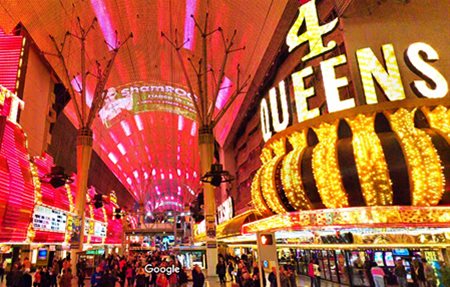Travel Features
Checklist For A Jam Packed Weekend Break In Lisbon
Europe's second oldest capital after Athens, Greece - Lisbon is a captivating city by the sea, once home to the world's greatest explorers. From culture and climate to value and variety Lisbon is jam packed with something for everyone, renowned for its history you can discover an array historical landmarks and famous monuments as well as world class food markets and an eclectic nightlife.
Arco da Rua Augusta
The Rua Augusta Arch was originally designed in 1775 as a gateway to the city of Lisbon, later rebuilt due to natural disaster; the building has long been a major historical contribution to the city and is set in one of the busiest pedestrianised areas. Since 2013 visitors are allowed to the top of the building where they can admire impressive views of Baixa and the river.
St. George's Castle
Saint George’s Castle can been seen from almost every part of Lisbon. The very oldest parts of the castle date back to the 6th century, once home to medieval kings and Moorish royals, St. George’s has long been a peaceful oasis visited by tourists, explorers and historians. Visitors can climb the towers and walk along the ramparts or relax in the gardens.
Santa Justa Elevator
One of Lisbon’s best-loved landmarks Santa Justa Elevator, also known as Elevator of Carmo was built by Portugal born Raoul de Mesnier du Ponsard an apprentice of Gustave Eiffel who built the iconic Eiffel Tower in Paris. The gothic style structure boasts splendid views of the city, including views over Rossio Square, the castle and the river.
Belem Tower
Built as fortress to guard Lisbon's harbour entrance in 1515, Belem Tower is an iconic symbol of the city and country; a monument to Portugal's Age of Discovery. Listed as a UNESCO World Heritage Site the monument was often a homeland reminder for sailors heading out and returning on voyages.
Discoveries Monument
In 1960, to commemorate the 500th anniversary of Prince Henry the Navigator death, the Discoveries Monument was built. On the North Bank of the Tagus River the stone monument stands tall representing important historical figures, explorers, crusaders, monks, cartographers, and cosmographers.
Cristo-Rei
Inspired by the famous Christ the Redeemer statue in Rio de Janeiro, Brazil – Cristo Rei, Lisbon was built later in 1959 in thanks to God for having spared Portugal during WWII. The 90ft statue of Christ opens his arms to the city and you can even venture up to the viewing platform, where you can take in spectacular views of Lisbon.
Sao Roque Church
Sao Roque Church may not look like much from its exterior but in actual fact houses the “world’s most expensive chapel”. A masterpiece of Baroque art, some of the interiors were actually designed in Rome, using only the very best materials available at the time including ivory, gold and silver which were then blessed by the Pope and shipped to Lisbon in 1747. Today the chapel is titled a treasure of European art.
Mercado da Ribeira
Home to 23 restaurants, 10 food stalls, 8 bars and 4 shops Time Out Market, Lisbon is a pretty new concept created in 2014 housing Lisbon’s very best vendors, restaurants, artists and venues. Find the best steak, the best hamburger, the best sushi and the best live performances and longest running market vendors of meat, fish, fruit and flowers.
Pasteis de Belem
The Casa Pasteis De Belem is the traditional home of the delicious Pastel de Nata (a custard tart that is sprinkled with cinnamon). The famous chaotic cafe and bakery has been selling Pastel de Nata for over 150 years; a trip to the Belem district is complete without a sampling one.
Cervejaria Ramiro
Cervejaria Ramiro is one of Lisbon most renowned and beloved seafood restaurants. Recognised both nationally and internationally for it quality and for decades Cervejaria Ramiro has been a favourite for customers.
Rossio Train Station
Grand architecture and arched doorways resembling something more like a theatre than a train station, Rossio station is located between Rossio and Restauradores squares. One of Europe more unique station terminals but still today a local station for trains to Sintra.
Carmo Convent Ruins
The romantic gothic ruins of the Carmo Convent are reminders of the devastation left by the 1755 earthquake. What was once the largest church in Lisbon is now the open sky remains of a stunning landmark, what used to be the main alter is now also a small archaeological museum.
Fronteira Palace
Located northwest of the city in the suburb of Benfica, one of the most beautiful residences in Lisbon is Fronteira Palace. Built in 1640 the grounds are most famous for the Beautiful gardens and spectacular 17th and 18th century tile-work. Privately owned but guided tours of the house and gardens are available.
Barrio Alto
Barrio Alto is often described as a working class quarter dating back to the 16th century. The cultural, bohemian heart of Lisbon this district is a nightlife treasure and shopping mecca. Through the cobbled lanes you will find graffiti ridden exteriors, international restaurants, a multitude of bars and alternative shops.
Sintra
A picturesque Portuguese town set amidst the romantic pine covered hills of the Serra de Sintra. Although a small town there are vast historic monuments & interesting visitor attractions, Sintra is the most popular day trip from Lisbon. Tourists can also explore challenging hiking trails.
Cascais
Cascais is a charming fishing town, set on the western edge of the beautiful Lisbon coastline. The historical town itself is filled grand houses, perfectly preserved parks and interesting museums. The local atmosphere around town is lively and friendly – a fantastic destination.






